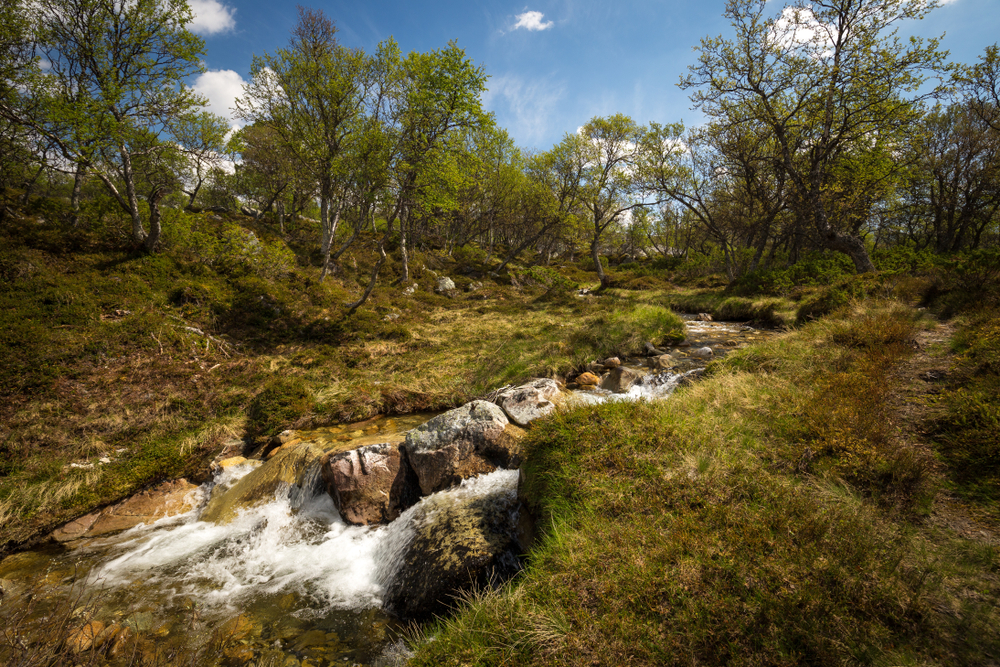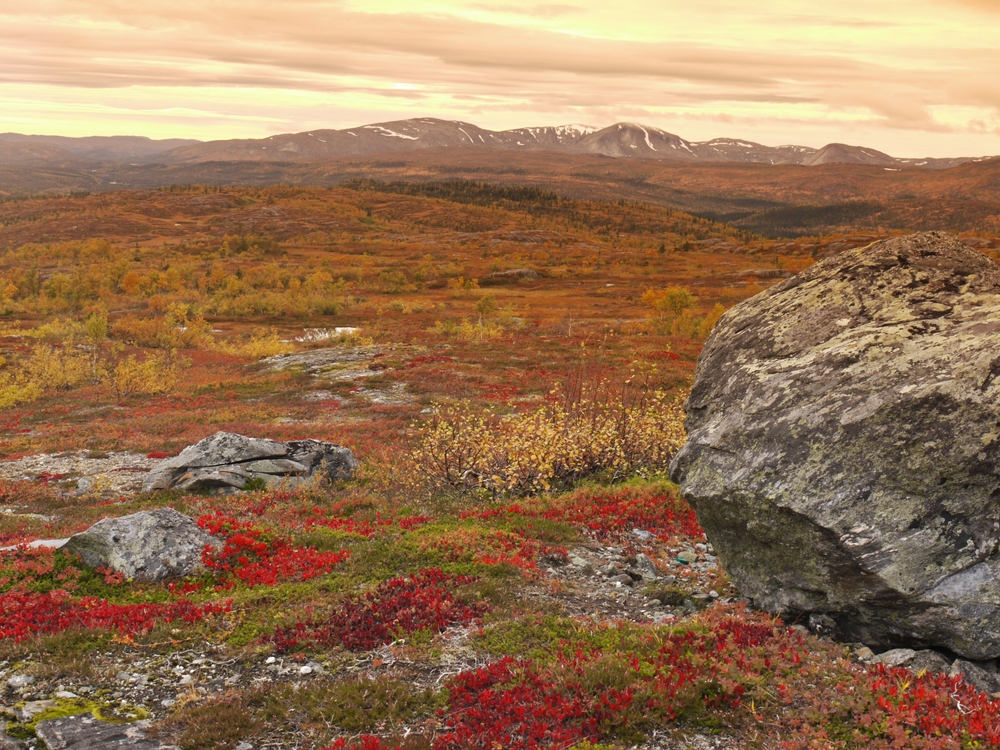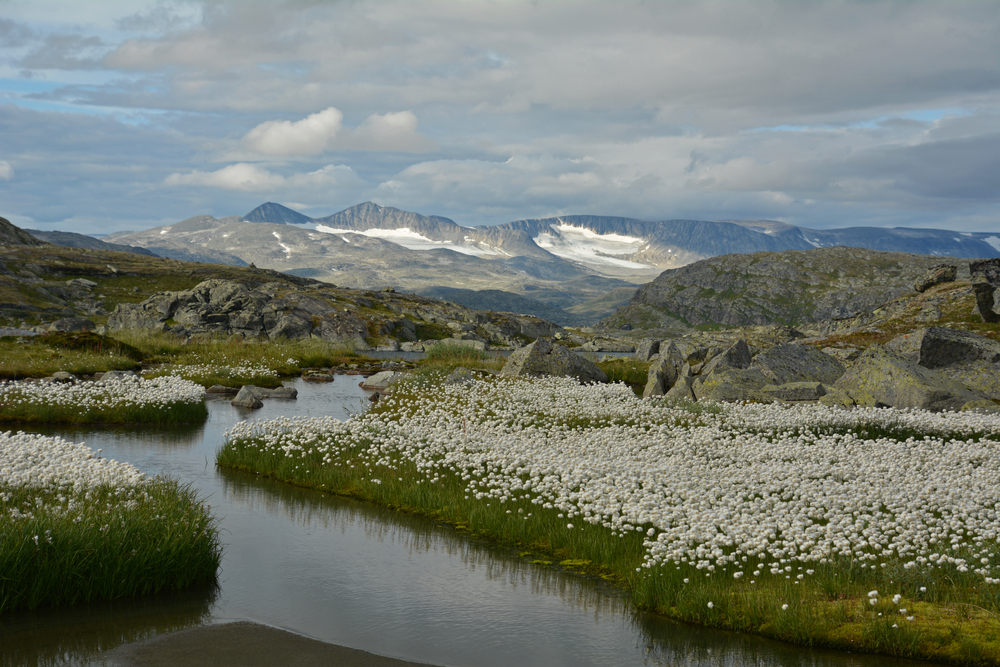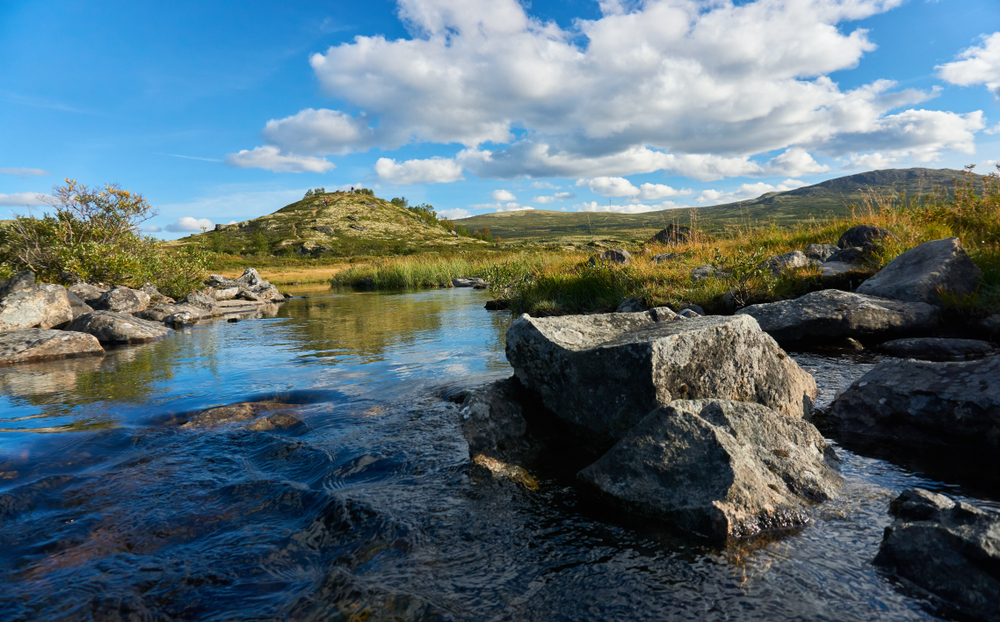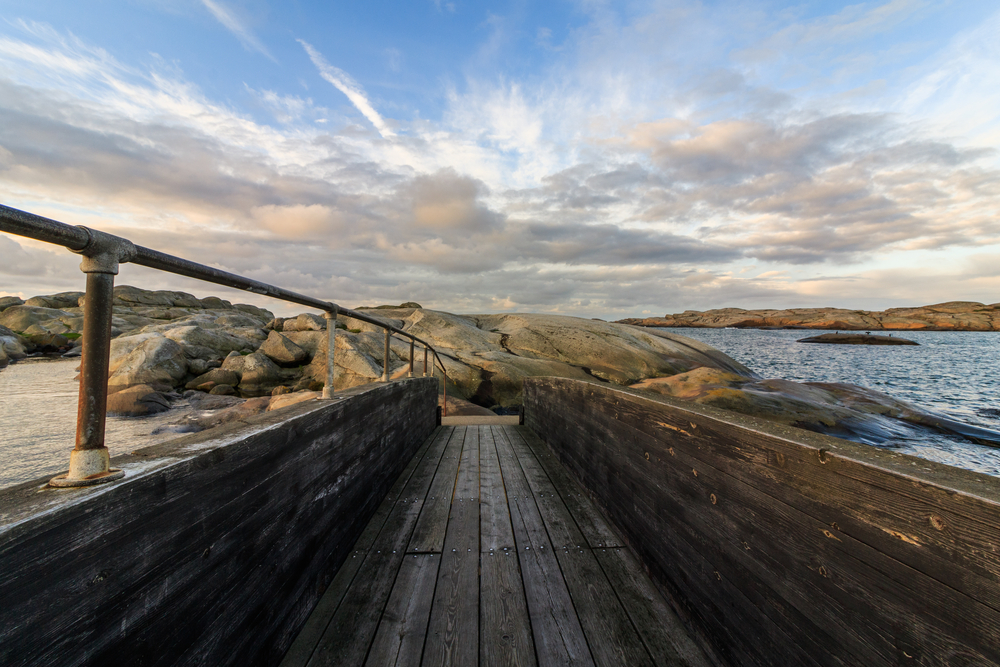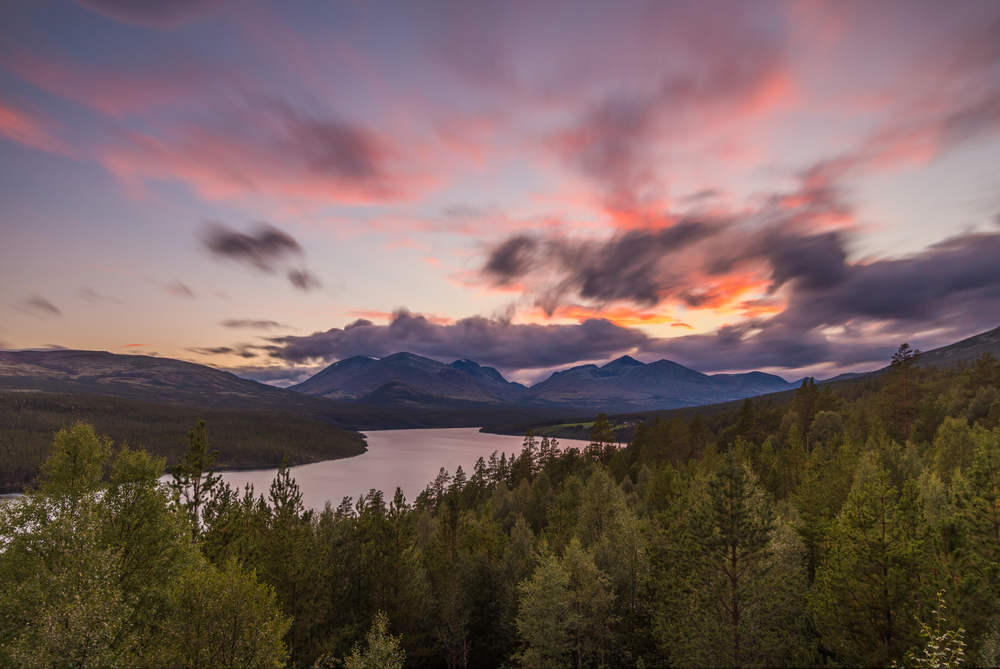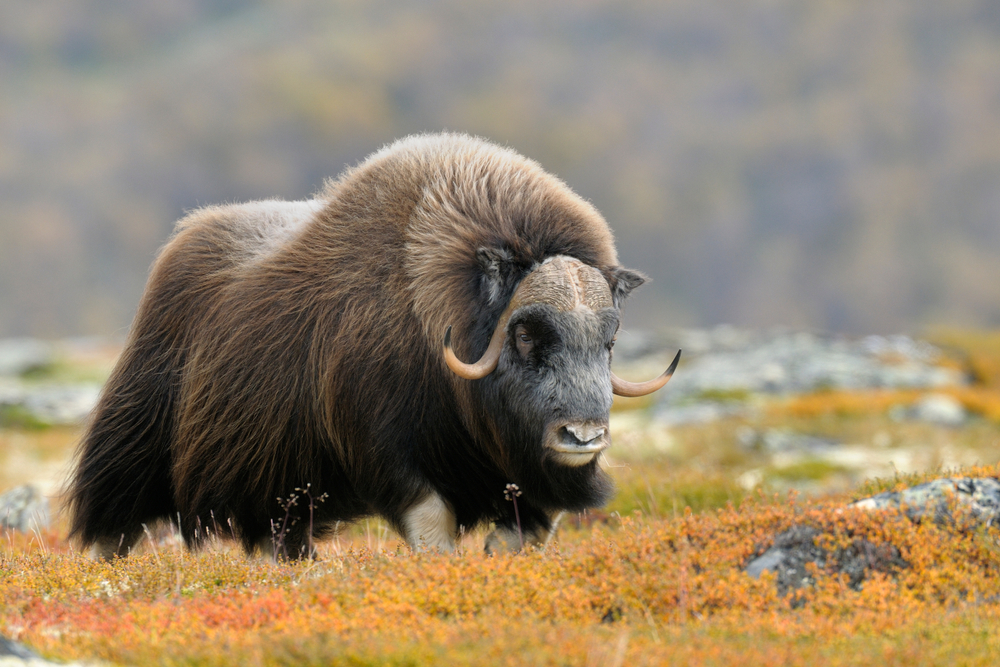Femundsmarka Overview
Femundsmarka National Park, or Femundsmarka nasjonalpark in Norwegian, is a vast wilderness area located in central Norway, near the Swedish border. The park covers approximately 212 square miles (548 square kilometers) and is situated in Innlandet and Trøndelag counties.
It is known for its rugged and pristine landscape, characterized by vast pine forests, rolling hills, open moorlands, and numerous lakes, including the prominent Femunden, Norway’s second-largest natural lake. The park’s terrain is shaped by glacial activity, with scattered boulders, rocky outcrops, and wetlands that create a dynamic and diverse ecosystem. The river Røa flows through the park, forming picturesque waterfalls and rapids that add to the area’s untamed beauty.
The vegetation in Femundsmarka National Park is predominantly boreal forest, with extensive stands of Scots pine, birch, and spruce. The tree line is relatively low due to the harsh climate, and much of the higher terrain consists of barren rock and tundra-like landscapes.
The park’s numerous bogs and wetlands provide essential habitats for a variety of plant species, including cloudberries and diverse mosses and lichens. These ecosystems support a delicate balance of flora and fauna adapted to the region’s cold, dry conditions.
Femundsmarka is renowned for its diverse wildlife, offering visitors a chance to observe some of Scandinavia’s most iconic species. The park is home to moose, red foxes, and lynx, as well as the rare wolverine, which roams the remote forests and rocky terrain. Reindeer, both wild and semi-domesticated, are commonly seen grazing in the area, managed by the Indigenous Sámi people.
Birdwatchers will find an abundance of species, including black-throated loons, golden eagles, and Siberian jays. The wetlands attract a variety of waterfowl, while the surrounding forests shelter woodpeckers and owls. The pristine lakes and rivers of Femundsmarka also support thriving populations of fish, including Arctic char and trout, making the park a popular destination for anglers.
One of the defining features of Femundsmarka National Park is its remote and undeveloped nature, offering a true wilderness experience. The area has a long tradition of fishing, hunting, and logging, with remnants of old mountain farms and trapper cabins providing a glimpse into the past.
Visitors can explore the park through an extensive network of hiking trails, canoe routes, and winter ski trails. Paddling on Lake Femunden and its connected waterways is one of the best ways to experience the landscape, with ample opportunities for camping along the shore.
Trekking through the park allows adventurers to encounter its diverse ecosystems, from deep pine forests to open plateaus with sweeping views. During the winter months, the park transforms into a snow-covered wonderland, ideal for cross-country skiing and dog sledding.
Femundsmarka faces conservation challenges, particularly regarding habitat preservation and climate change. The park’s delicate ecosystem is vulnerable to shifts in temperature and weather patterns, which can affect wildlife populations and forest health. However, strict protections and sustainable management practices have helped maintain its pristine conditions.
The Sámi people’s traditional land-use practices, such as reindeer herding, continue to play a role in preserving the natural balance. The park remains a testament to Norway’s commitment to protecting its wild spaces while allowing for responsible recreation and cultural heritage preservation.








































































